How is cannabis grown?
Cultivation and Processing of Cannabis
Cannabis can be grown outdoor, in greenhouses or in controlled indoor facilities. The cultivation method has a major influence on the chemical composition and quality of the cannabis. The problem with outdoor cultivation and cultivation in greenhouses is increased microbiological contamination and large variations between different batches. Only in indoor cultivation can growth-determining parameters such as lighting duration and intensity, temperature, humidity, irrigation and nutrient supply be precisely controlled and monitored. It is therefore only possible to produce cannabis of a reproducibly high quality when growing indoors.
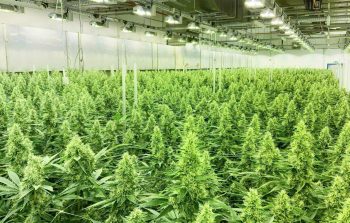
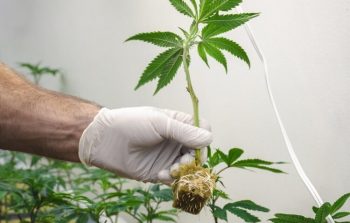
Another quality-determining factor in the cultivation of cannabis is the method of plant propagation. When growing from seed, the differences between the plants are often too great. That is why we work exclusively with vegetative propagation via cuttings. This involves cutting off the shoots of a mother plant and replanting them. Under good conditions, the shoots quickly take root and develop into a perfect double of the mother plant. It is important to choose a good mother plant, as the clones will later have the same genetic material.
The cultivation of high-quality cannabis takes place under controlled conditions in closed clean rooms. This prevents infestation by pests and mold spores. Due to overpressure in the rooms, no air from outside enters the room even when it is opened. Lighting, temperature, humidity and CO2 concentration are precisely controlled and adjusted for optimum plant growth. This is the only way to produce flowers with a homogeneous active ingredient content. The use of purified water and controlled fertilizers prevents contamination with harmful substances such as heavy metals.

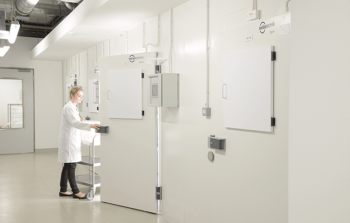
For a good harvest, it is important to know the exact time of harvest. This is the only way to achieve a maximum harvest quantity and an optimum cannabinoid ratio. The plants should be pruned very carefully so that the flowers are not damaged. When drying, make sure that enough air can circulate around the flowers. The temperature and humidity must also be optimal. If it is too cold or damp, drying will take too long and the blossoms may become infested with mold. If it is too warm and dry, the flowers dry too quickly and the chlorophyll cannot leave the flowers completely. This leads to a very pungent and bitter taste when smoking. The entire harvesting and drying process takes place under the strictest hygienic conditions.
The Life Cycle of a Cannabis Plant

1. Mother plant
We work with vegetative propagation via cuttings, where we only select the best mother plants. The clones will later have the same genetics and characteristics as the mother plants.

2. Cuttings
In the production of cuttings, the shoots of mother plants are cut off and replanted.
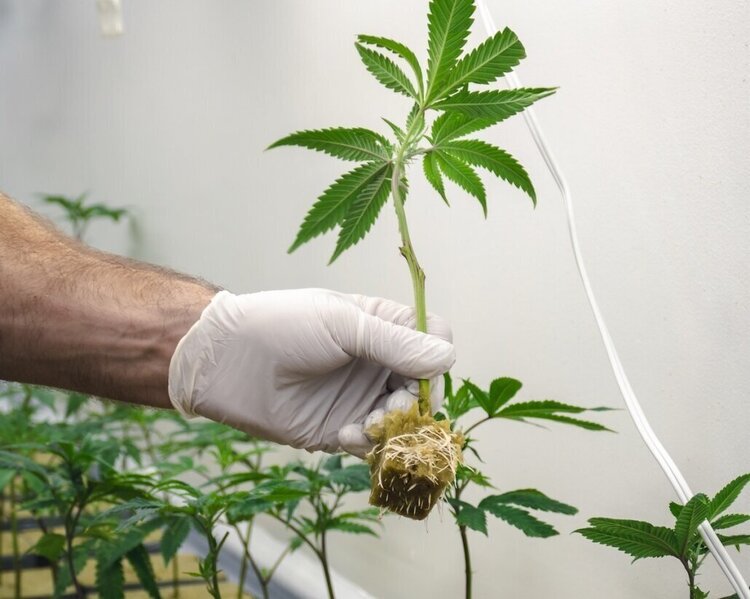
3. Cultivation
In the propagation phase, the shoots form their first roots within a few days.

4. Vegetative phase
In the vegetative phase, the plants grow and form further roots and leaves.
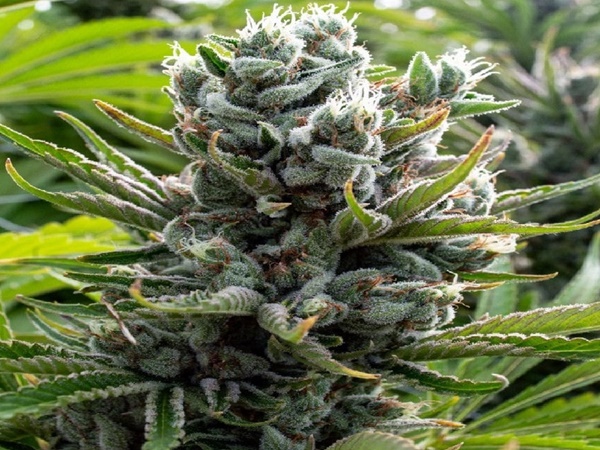
5. Generative Phase
At the right time and by adjusting the light, the plants are transferred to the flowering phase (generative phase).

6. Harvesting & Drying
The flowers can be harvested and dried at the right time.
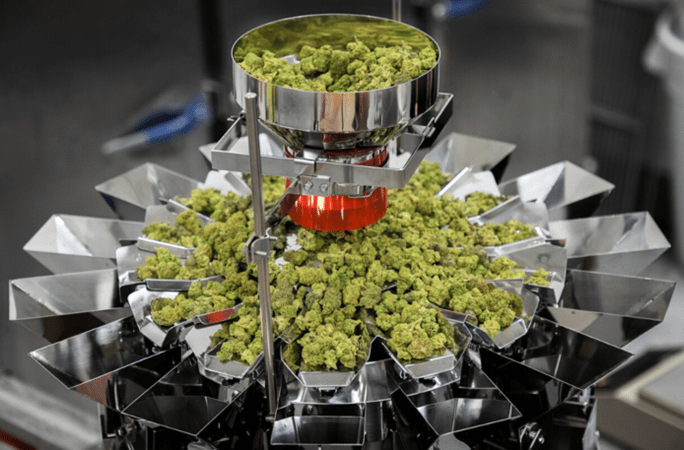
7. Packaging
Finally, the dried flowers are properly packaged.
Interested in the DECT token?
The Deutscher Cannabis Token (DECT) is the only cryptoasset in the world to offer the direct linking of a token to a real cannabis plant. Each token holder is entitled to up to 20 percent return per year via NFTs, for the life of our company.
